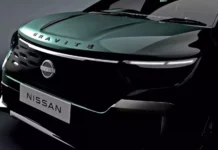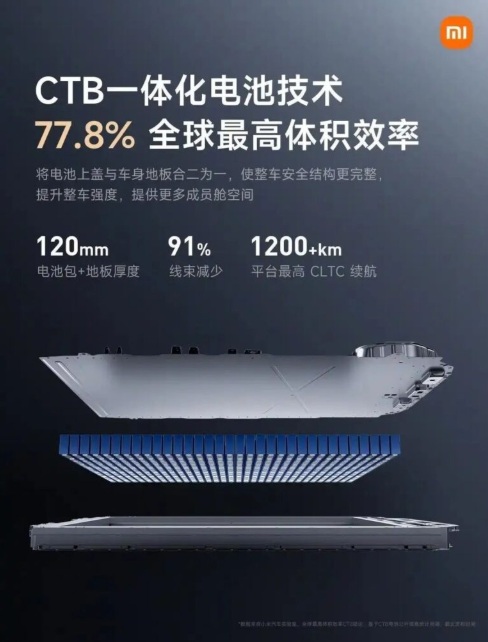After much speculation, Xiaomi finally unveils its first move into solid-state battery technology, a highly anticipated development that could revolutionize the global electric vehicle industry.
The Chinese technology company has announced a patent related to a new electrode structure, potentially enhancing energy density and ionic conductivity. These are the two biggest technical hurdles preventing solid-state batteries from widespread commercialization.
Breakthrough in Electrode Structure and Integration
According to Xiaomi’s disclosure, the new electrode design utilizes a current collector combined with multiple layers of active material, conductive material, binder, and solid electrolyte, formed from polymers and metal salts. The standout feature is how the solid electrolyte penetrates deeply into the thickness of the electrode, shortening the travel distance for ions and thus significantly improving performance.
Notably, Xiaomi asserts that this design is compatible with existing lithium-ion battery production lines, promising to reduce cost and time barriers during the transition to the new technology.
In addition to the electrode structure, Xiaomi has also developed a prototype battery that supports a Cell-to-Body (CTB) structure with a volume utilization efficiency of 77.8%. The battery has a height of just 120 mm (including the vehicle floor), optimizing internal space and distributing weight more reasonably. In terms of performance, this battery is said to enable a range of over 1,200 km on the CLTC cycle and an additional 800 km after just a 10-minute fast charge.
Xiaomi Enters the Race with Industry Giants
Xiaomi’s disclosure of its new patent comes as several large corporations worldwide, including Toyota, CATL, BYD, SAIC, and BMW, are ramping up their investments in solid-state battery technology. Toyota plans to introduce its first vehicle model utilizing this technology in the 2027-2028 timeframe, while CATL and SAIC aim for small-scale production by 2027. BMW has already begun real-world testing with the i7 prototype powered by solid-state batteries.
Solid-state batteries are considered the next generation of energy storage technology, replacing the liquid electrolyte in lithium-ion batteries with a solid electrolyte to improve energy density, safety, and thermal stability. However, technical challenges such as limited ionic conductivity, surface contact difficulties, and the risk of lithium dendrite formation remain significant obstacles.
Positive Signal in the Localization Strategy
Analysts believe that Xiaomi is seeking to reduce its dependence on major battery suppliers like CATL and BYD, which currently provide the primary power source for its SU7 electric vehicle model. With this new patent, Xiaomi can gradually achieve self-sufficiency in battery technology, gaining better control over costs, performance, and supply chains—a critical factor in the intensely competitive electric vehicle market.
While widespread commercialization before 2030 remains uncertain, Xiaomi’s move demonstrates its clear ambition in the field of new energy technology. Along with the accelerating efforts of automakers and battery enterprises globally, solid-state batteries are gradually bridging the gap between the laboratory and commercial reality.











































